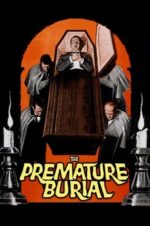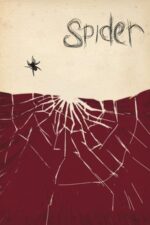Eight Legs and Endless Symbolism: Why Spiders Haunt Our Screens (and Our Dreams)
Isn't there something inherently unsettling about spiders? Not just the creepy-crawly factor, but a deeper sense of unease they evoke. They’re weavers of intricate webs, silent observers, and often associated with darkness and hidden dangers. It’s no surprise then that these eight-legged creatures have slithered their way into cinema for decades, representing everything from primal fears to complex societal anxieties.
We see it in a playful, albeit still slightly unsettling, way in The Bad Guys 2. The "Bad Girls" gang – the spider analogy is pretty clear here – represent an unexpected threat, a hidden layer of complexity within what seemed like a straightforward redemption story. It’s a clever visual shorthand for those lurking dangers we don't see coming.
But spiders aren’t always about playful subversion. Christopher Nolan’s early short film, Tarantella, is a genuinely chilling example of how the spider can embody pure nightmare fuel. The imagery – the relentless pursuit, the feeling of being trapped in a web of dread – speaks to anxieties about the subconscious and the things that haunt us from within. It's fascinating to see the seeds of Nolan’s later brilliance planted so firmly in this unsettling short.
The symbolism goes even deeper when you consider films like Kingdom of the People That Time Forgot. Here, encountering a tribe seemingly frozen in prehistoric time, alongside giant spiders and other ancient creatures, isn’t just about adventure; it's about confronting our place within a vast, unknowable history. The spider becomes a symbol of that primordial past, a reminder of forces beyond human comprehension.
And then there's Kingdom of the Spiders, a wonderfully cheesy (but undeniably entertaining) 70s horror flick. It’s pure exploitation cinema, sure, but it taps into that primal fear – the feeling of being overwhelmed by something vast and uncontrollable. The sheer scale of the tarantula migration is terrifying, forcing ordinary people to confront an extraordinary threat. I remember seeing this as a kid (much too young!), and the image of those thousands of spiders crawling across the screen… well, it stuck with me!
Even Hangman’s Curse, with its focus on bullying and hidden darkness, uses the spider motif – the weaving of lies, the trapping of victims – to amplify the sense of dread.
What's fascinating is how the representation of spiders has evolved. Early films often leaned into straightforward fear-mongering. Now, filmmakers are more likely to use them as metaphors for complex themes like deception, hidden power structures, or even our own anxieties about the unknown. Whether it’s a playful visual cue or a symbol of primal terror, the spider continues to spin its web across the landscape of cinema, reminding us that some fears are just too compelling to ignore.
So, next time you see a spider on screen, take a moment to consider what it really represents. You might be surprised by what you find.






































